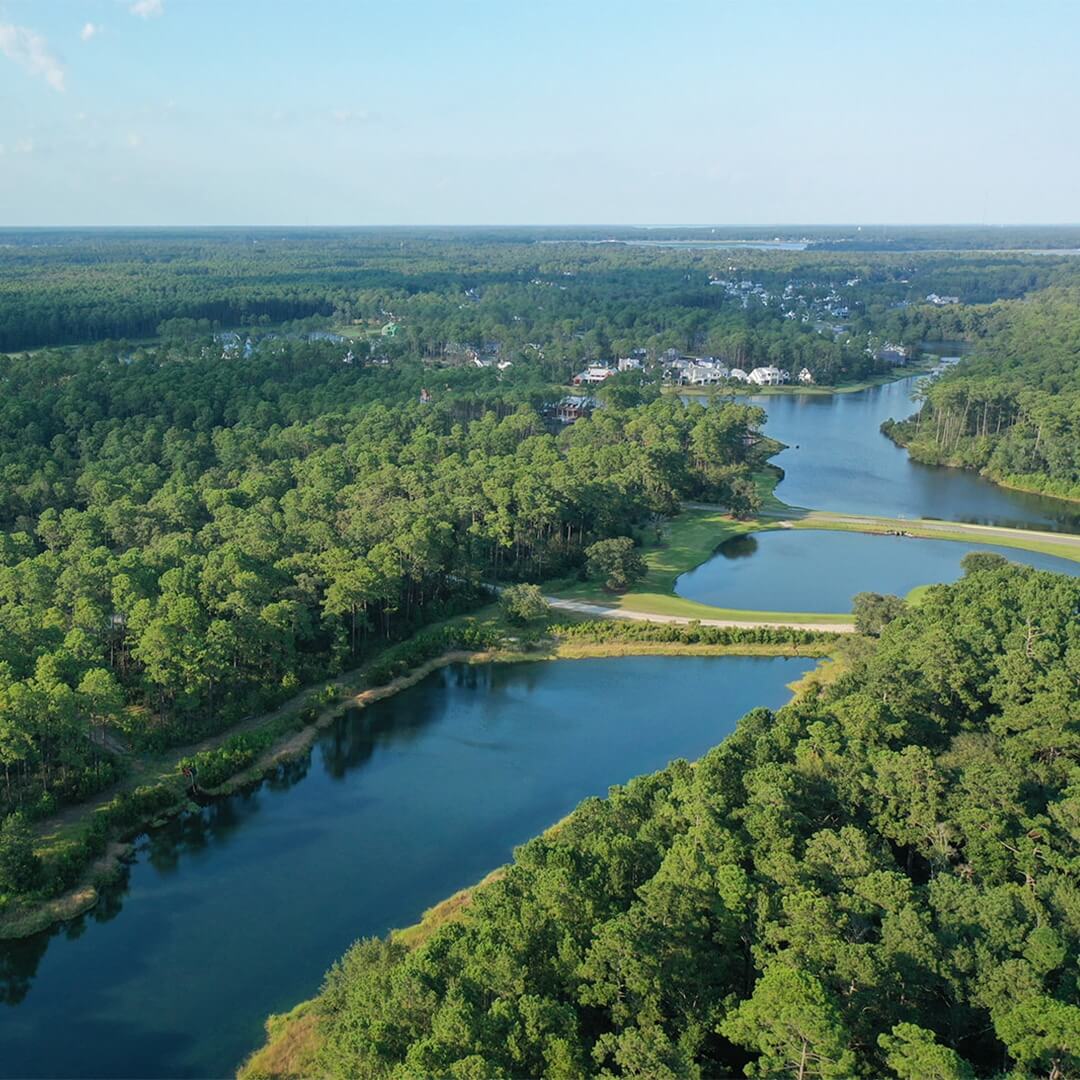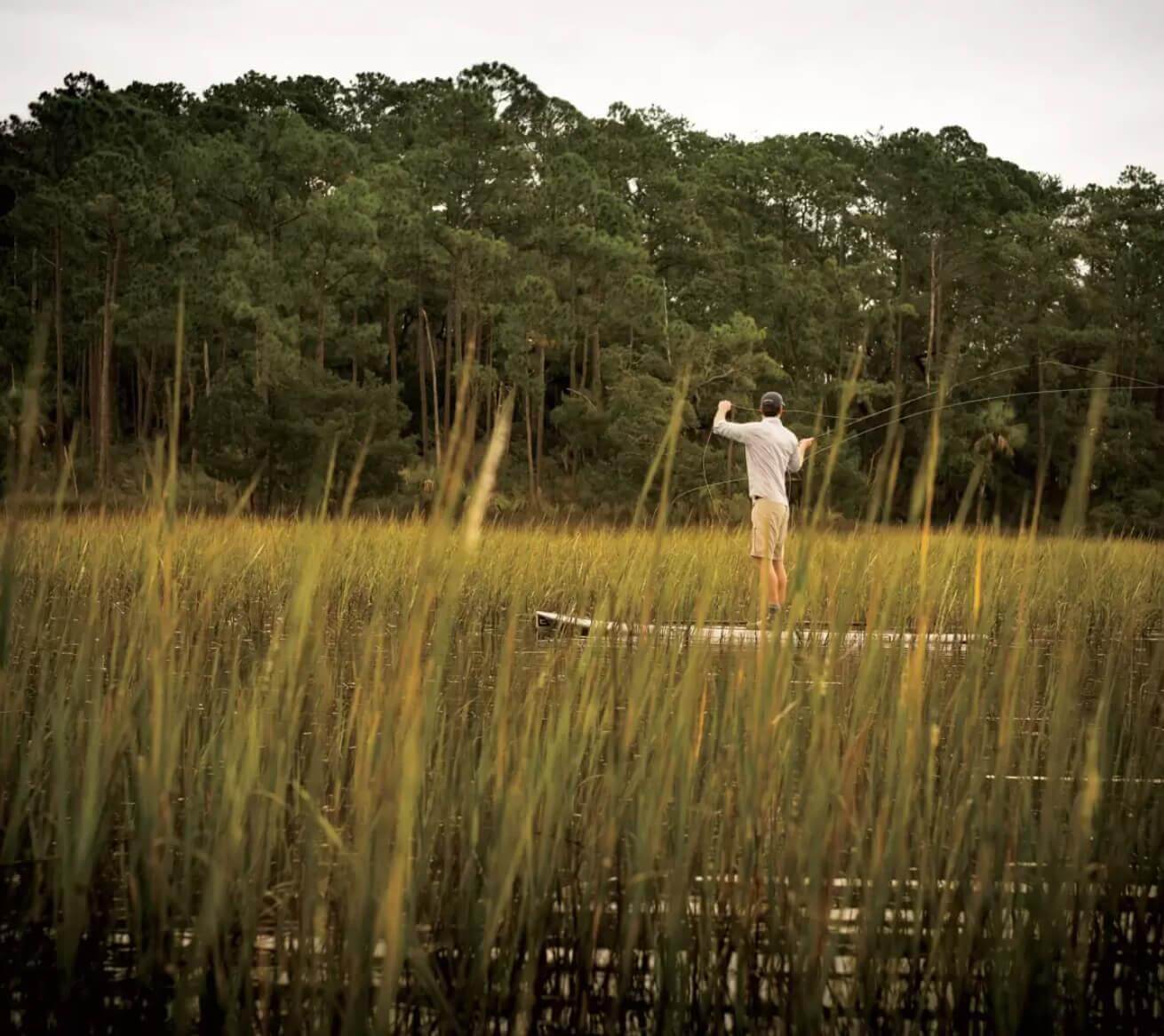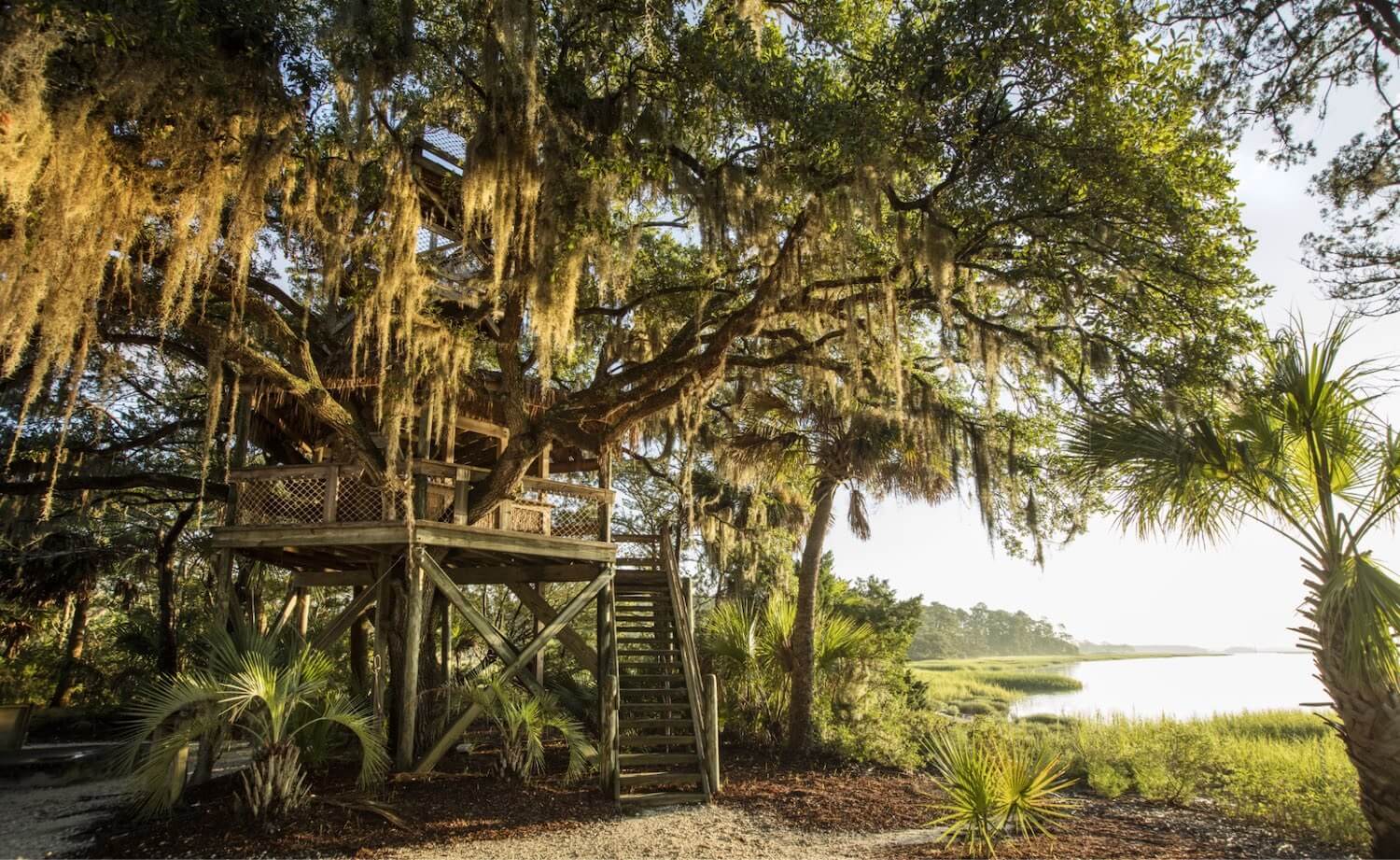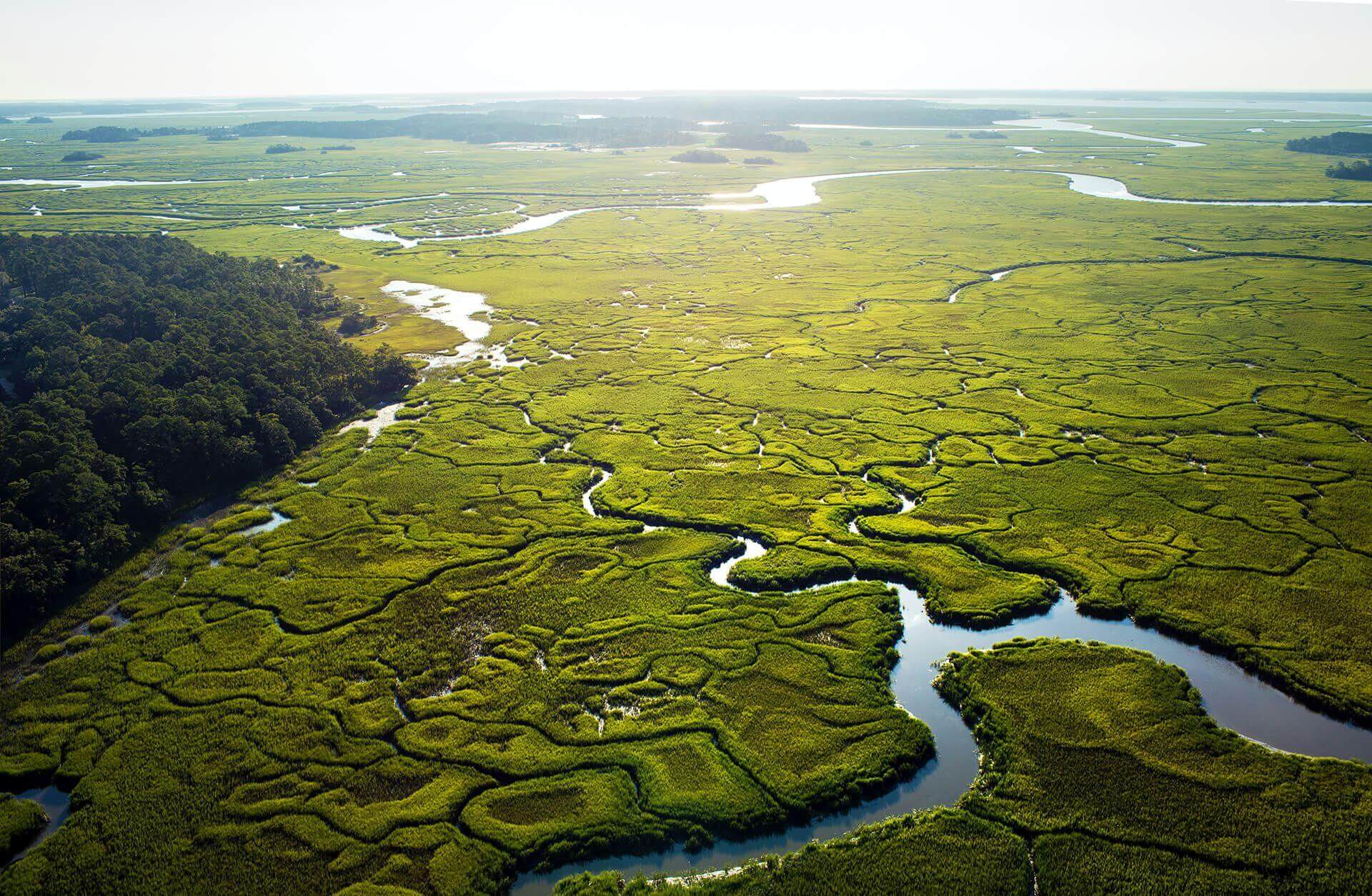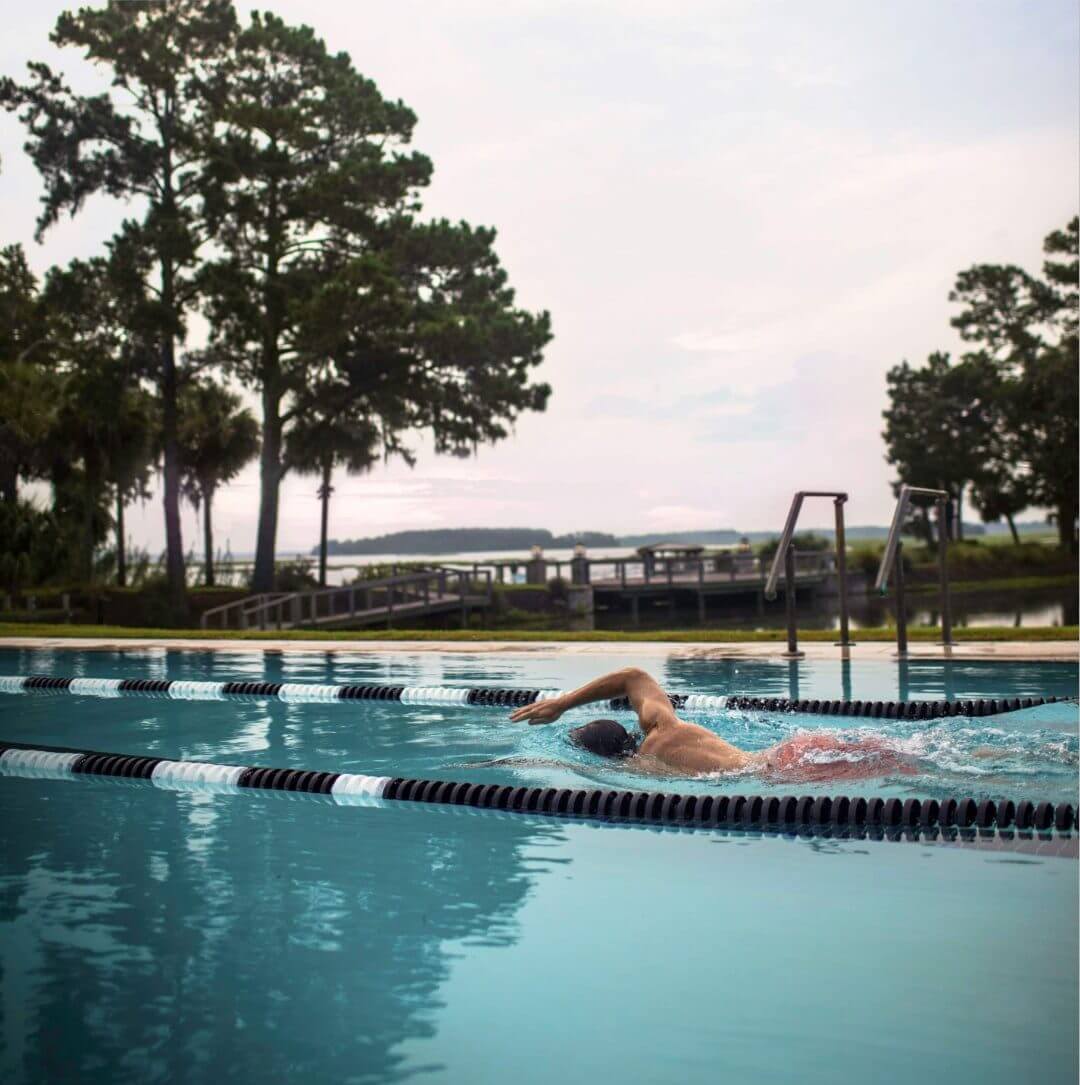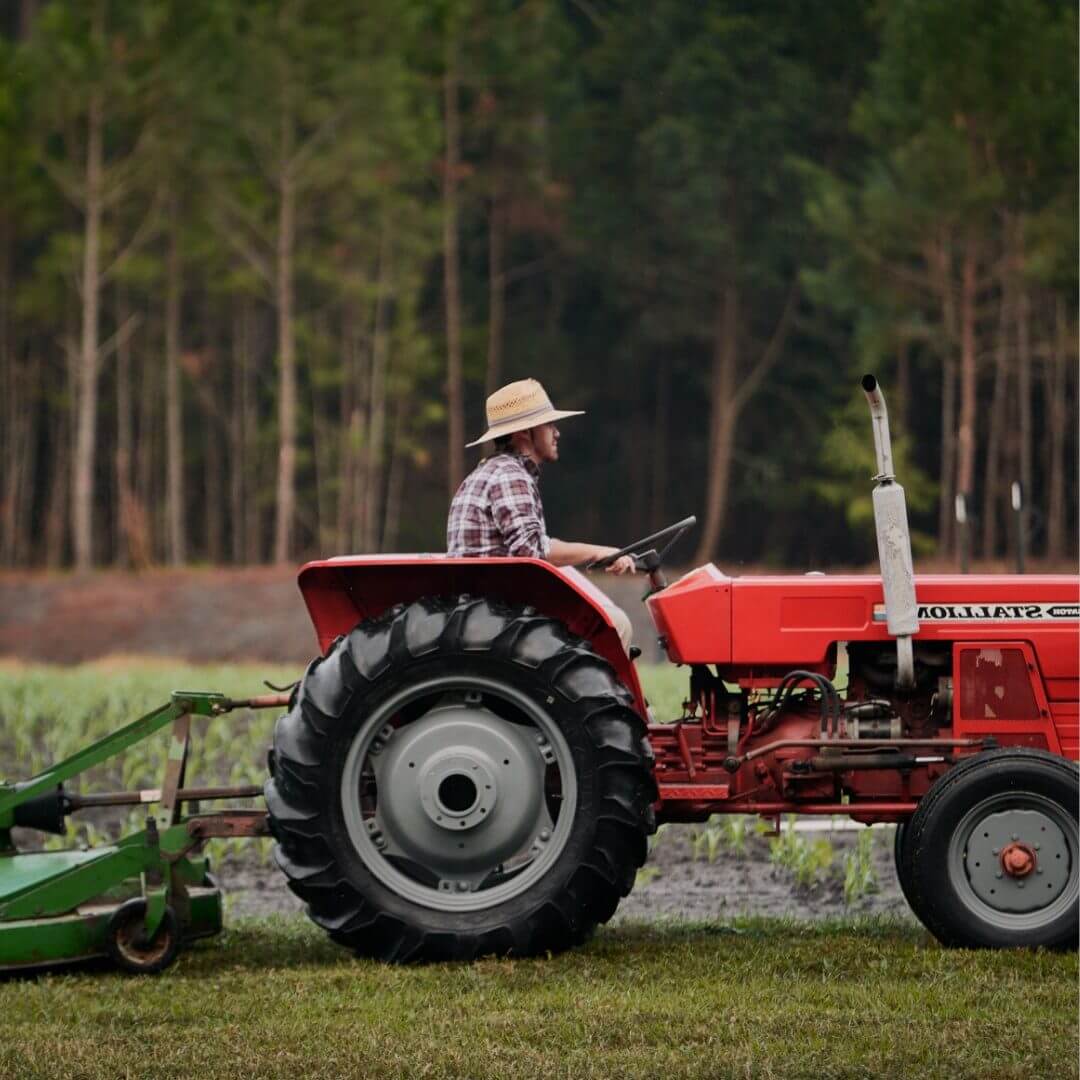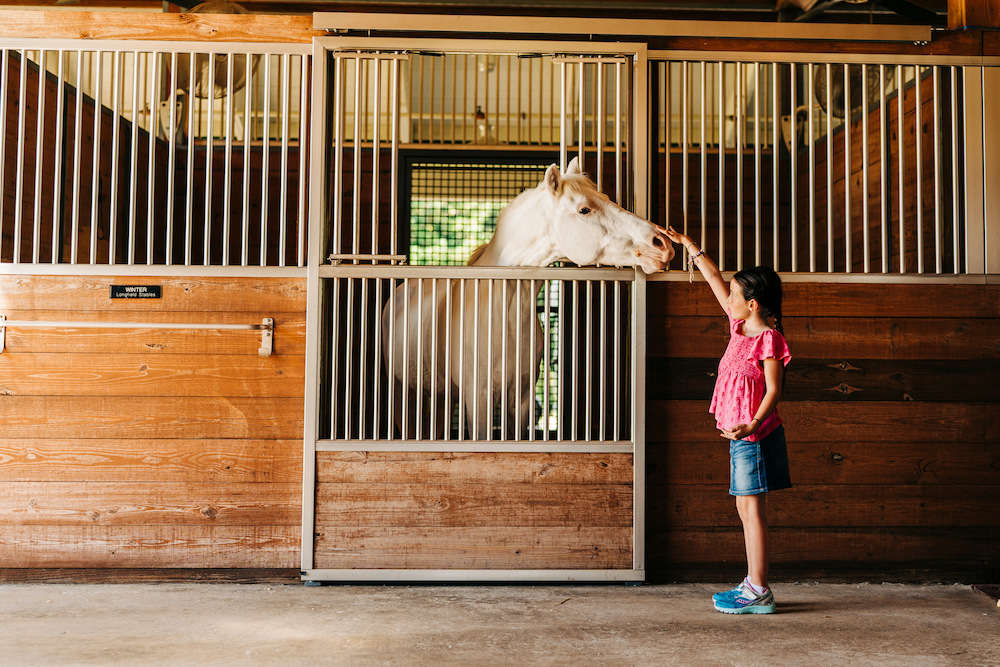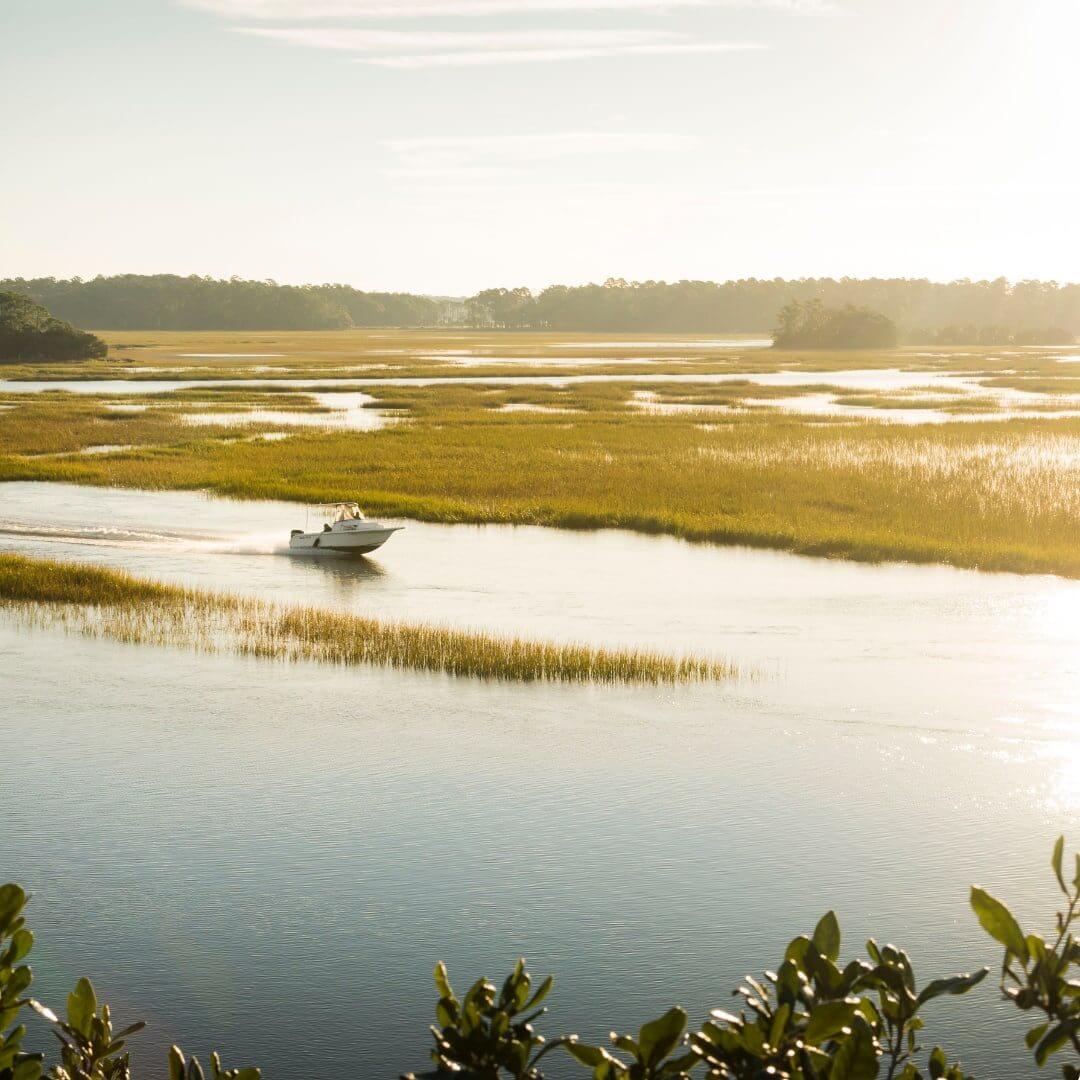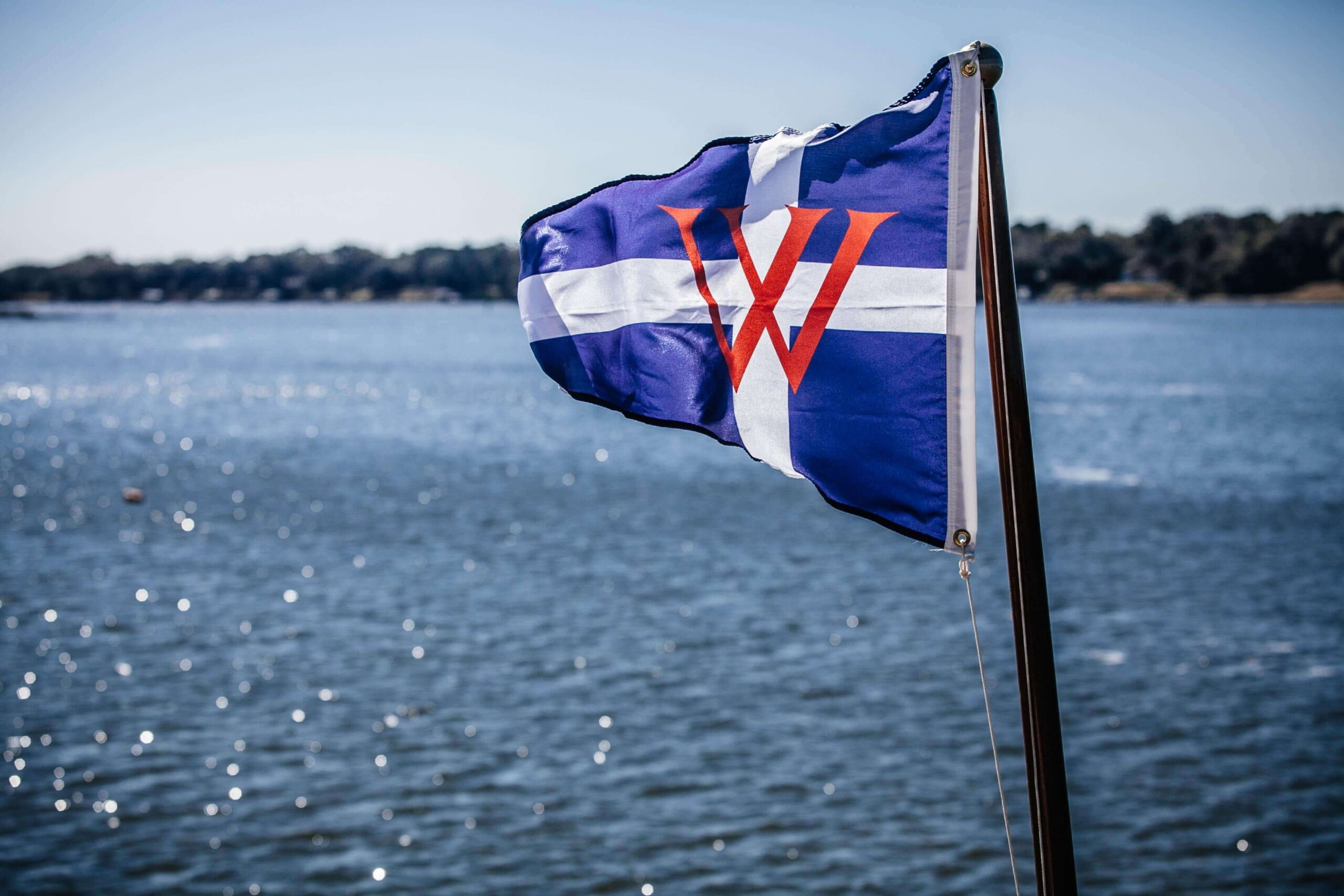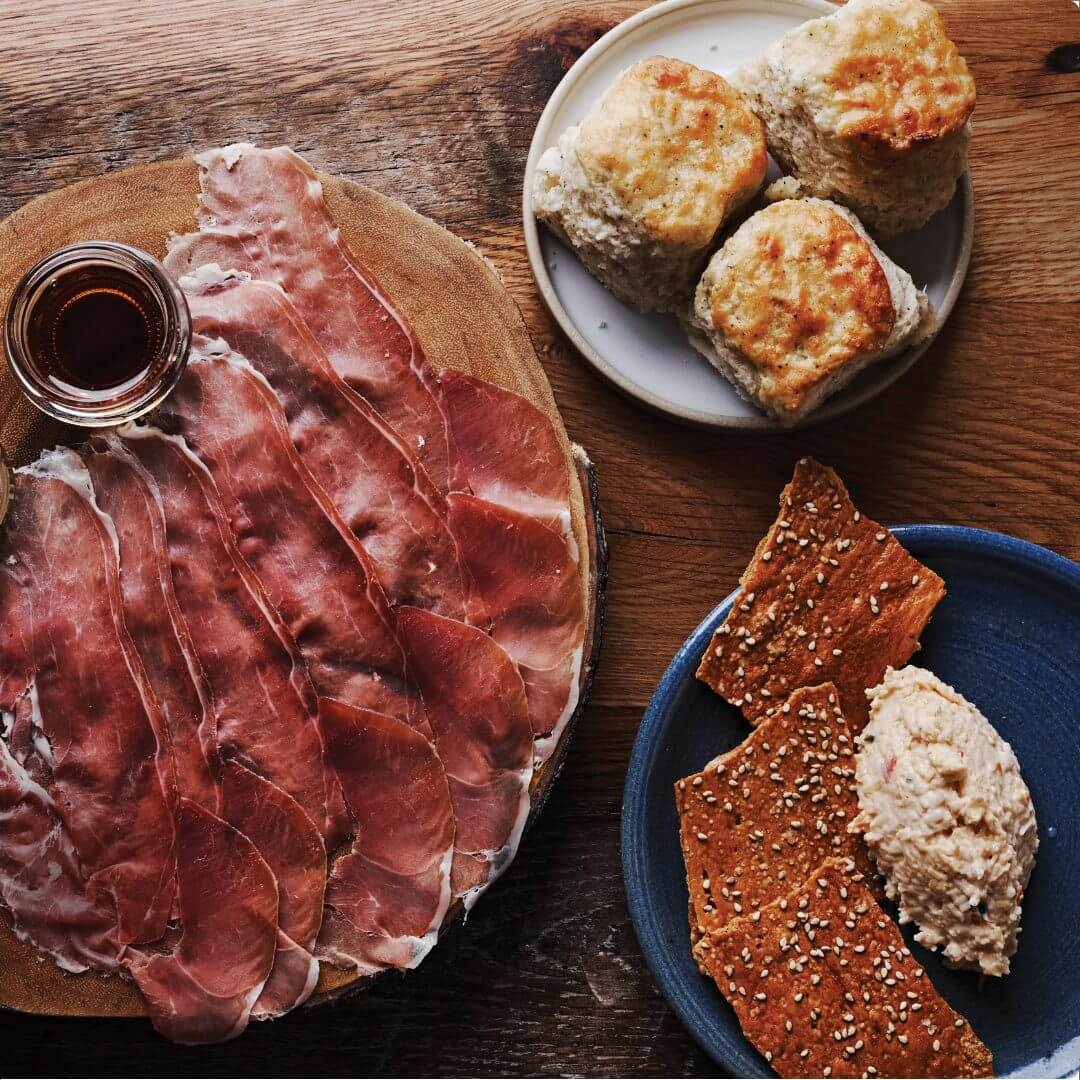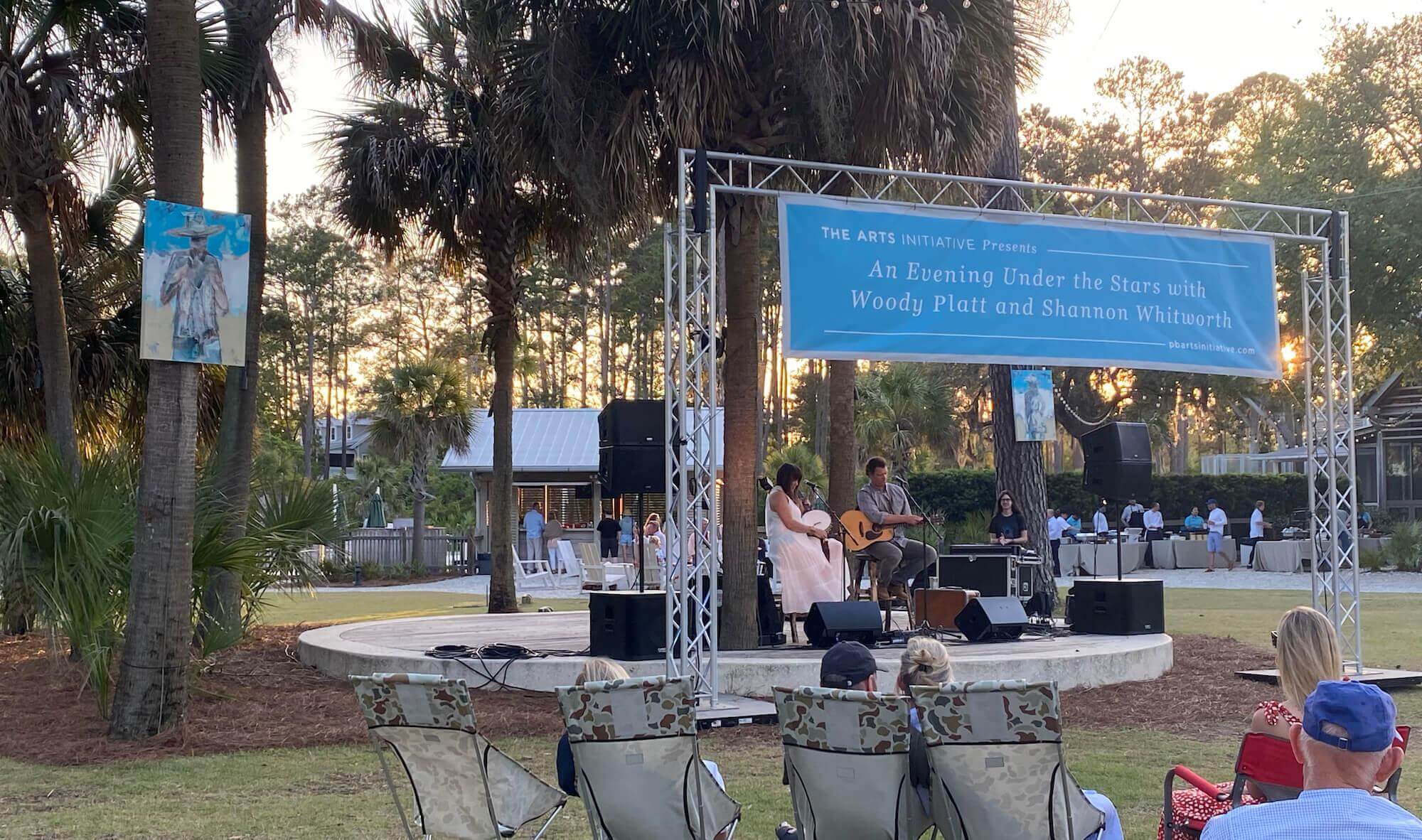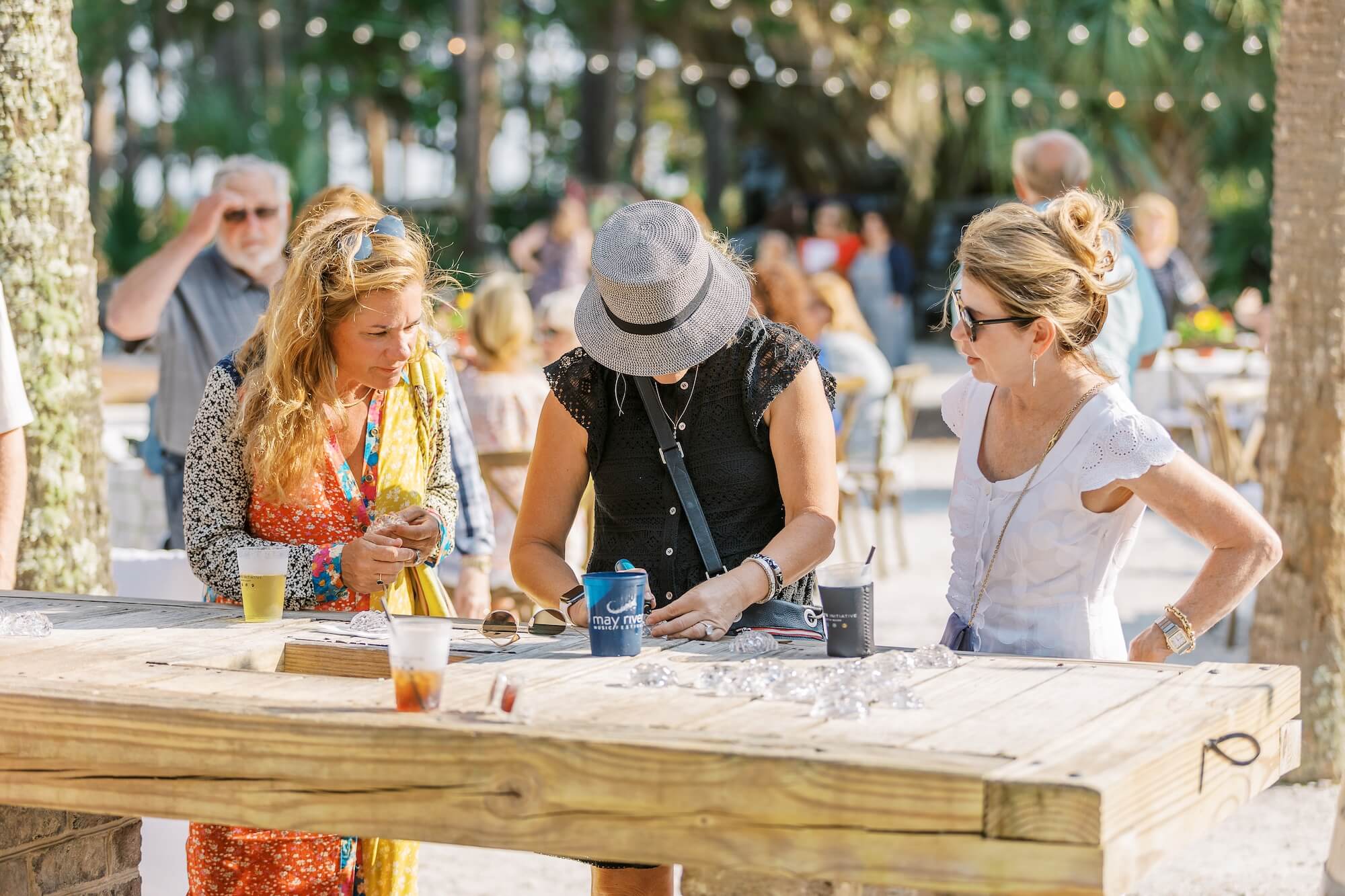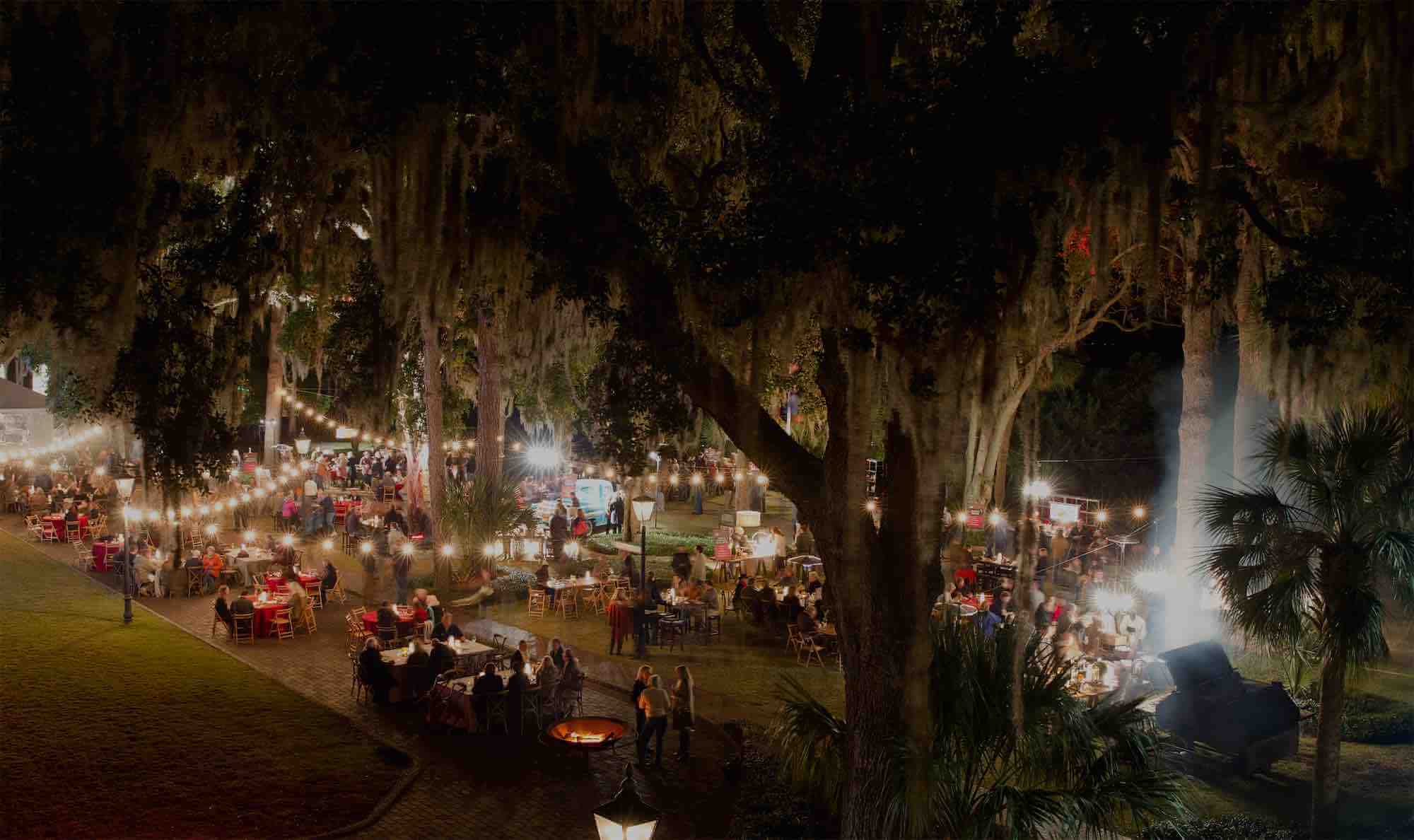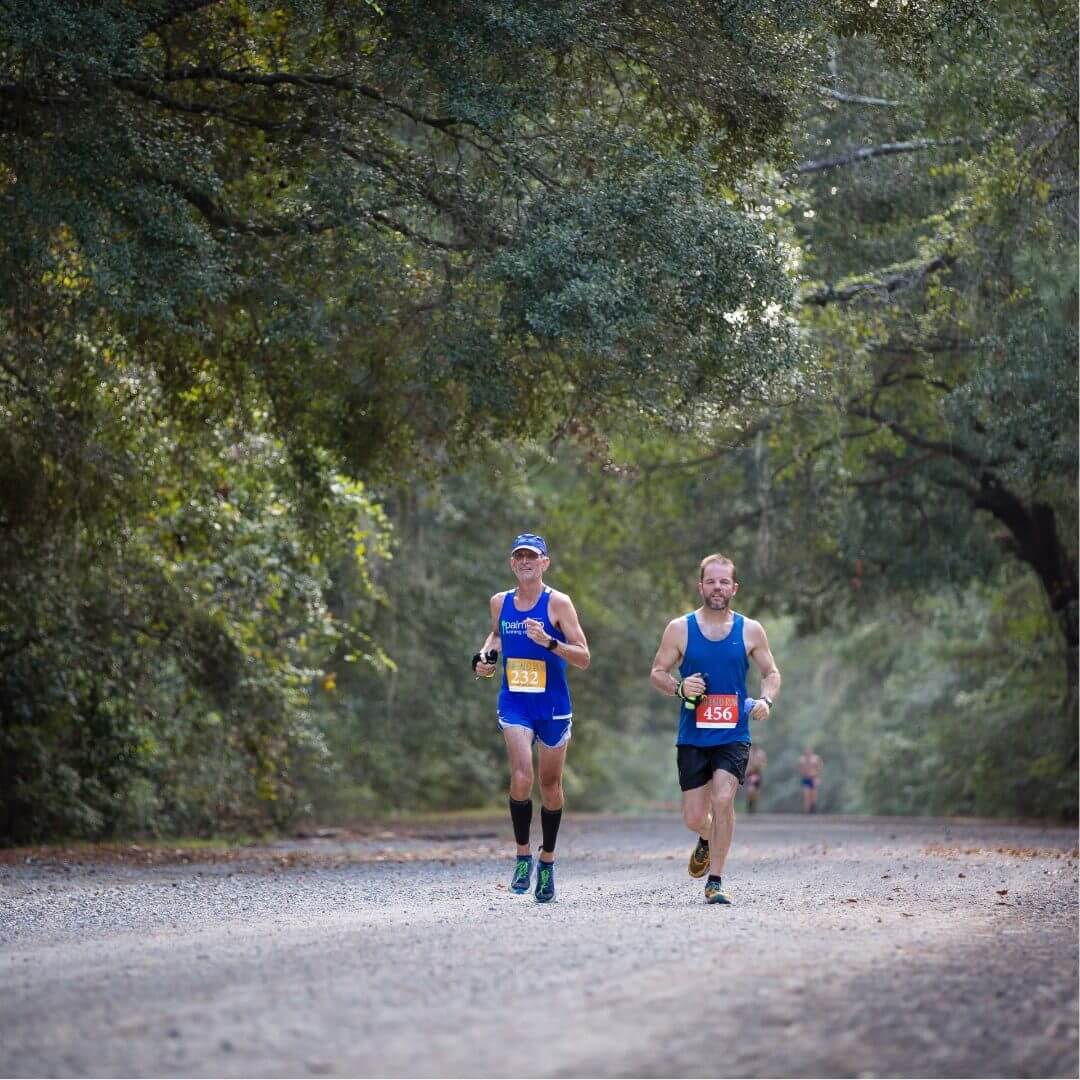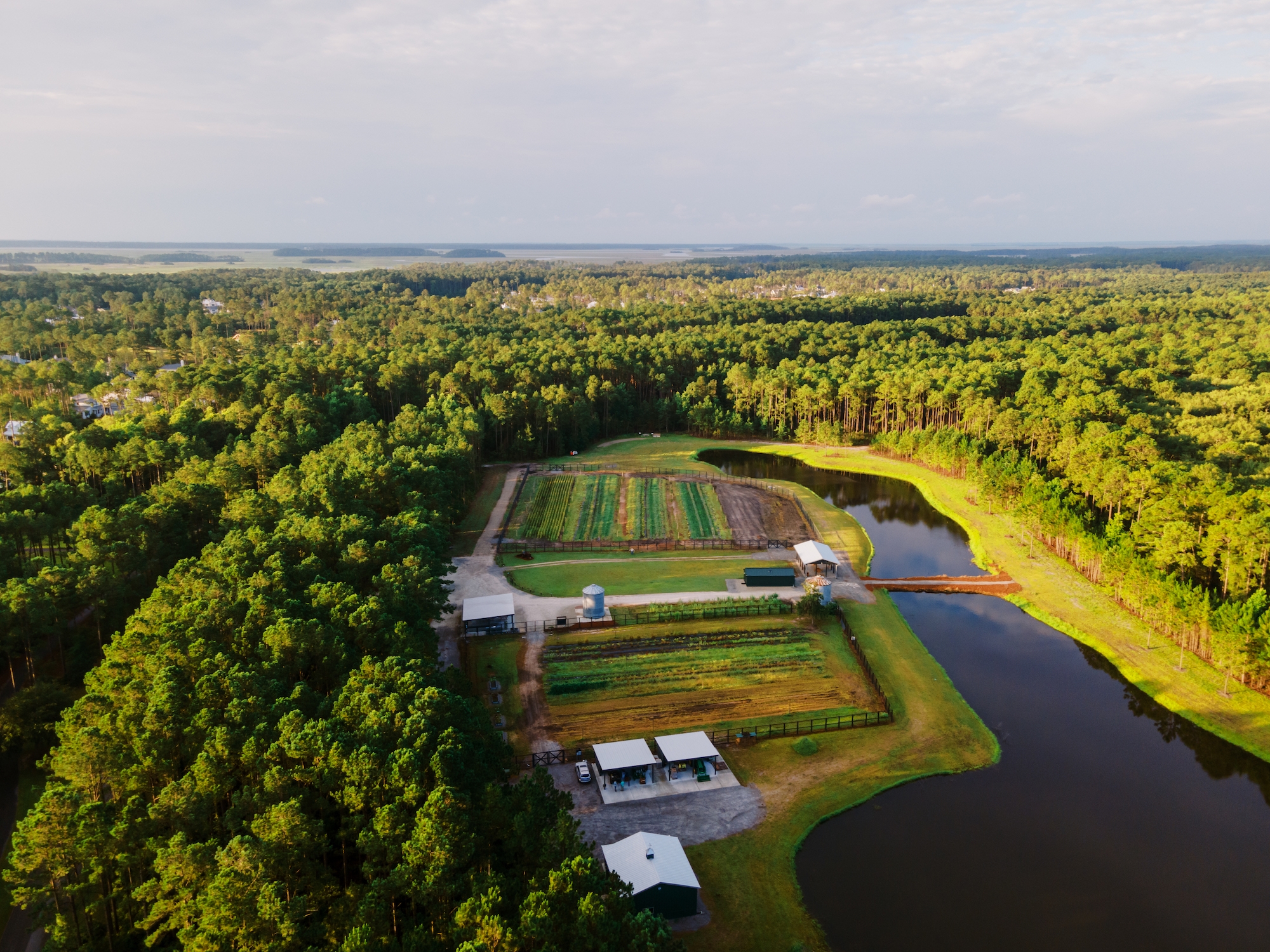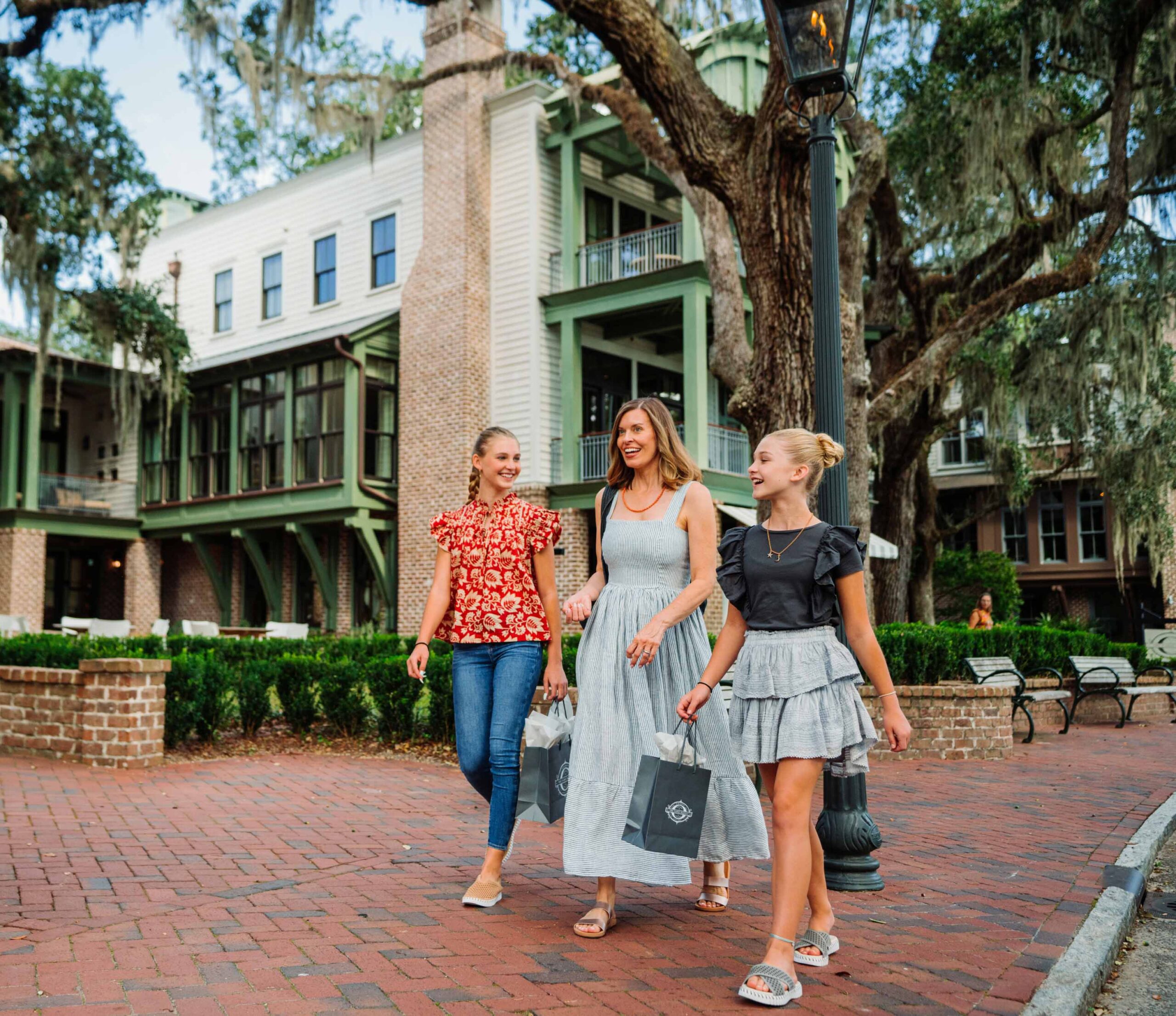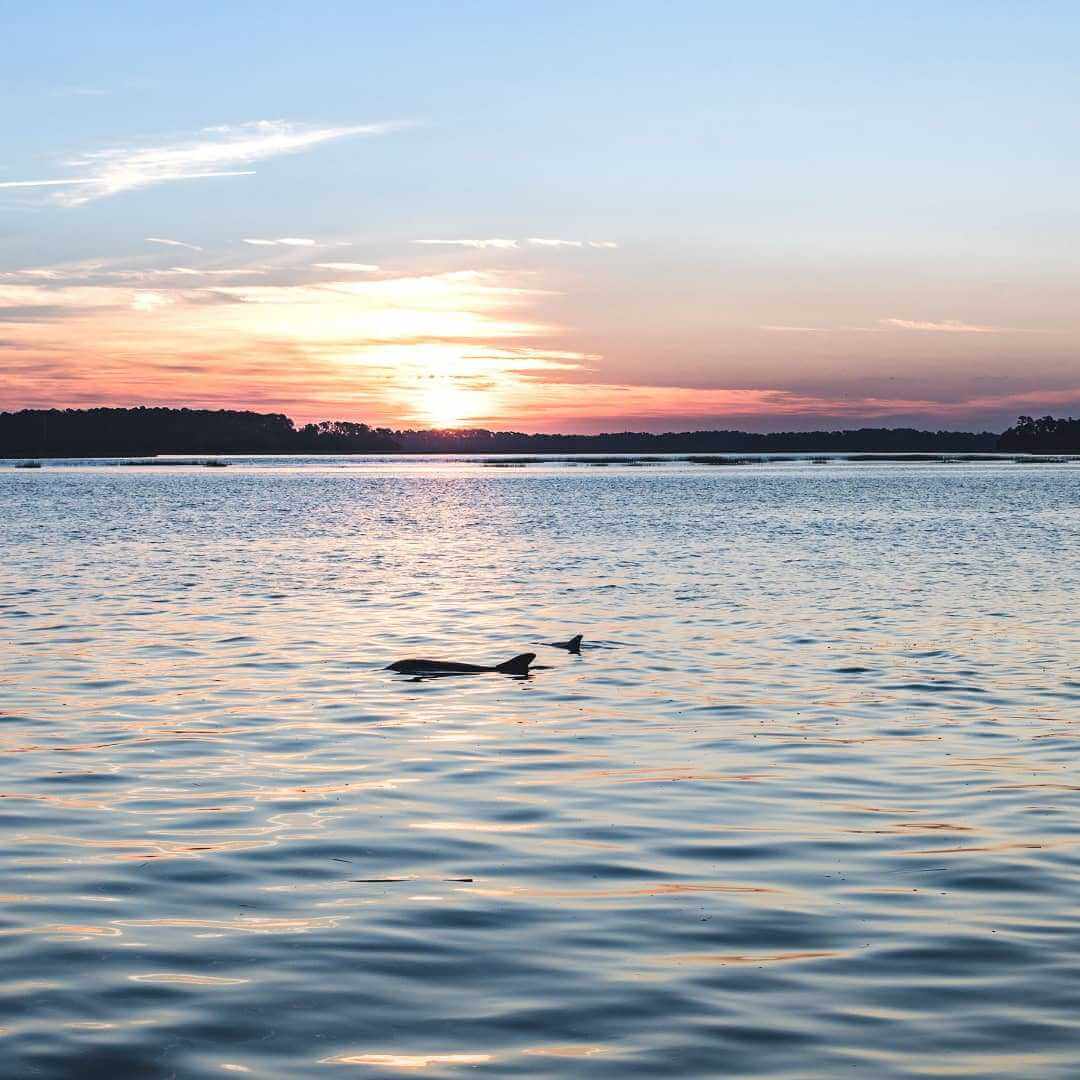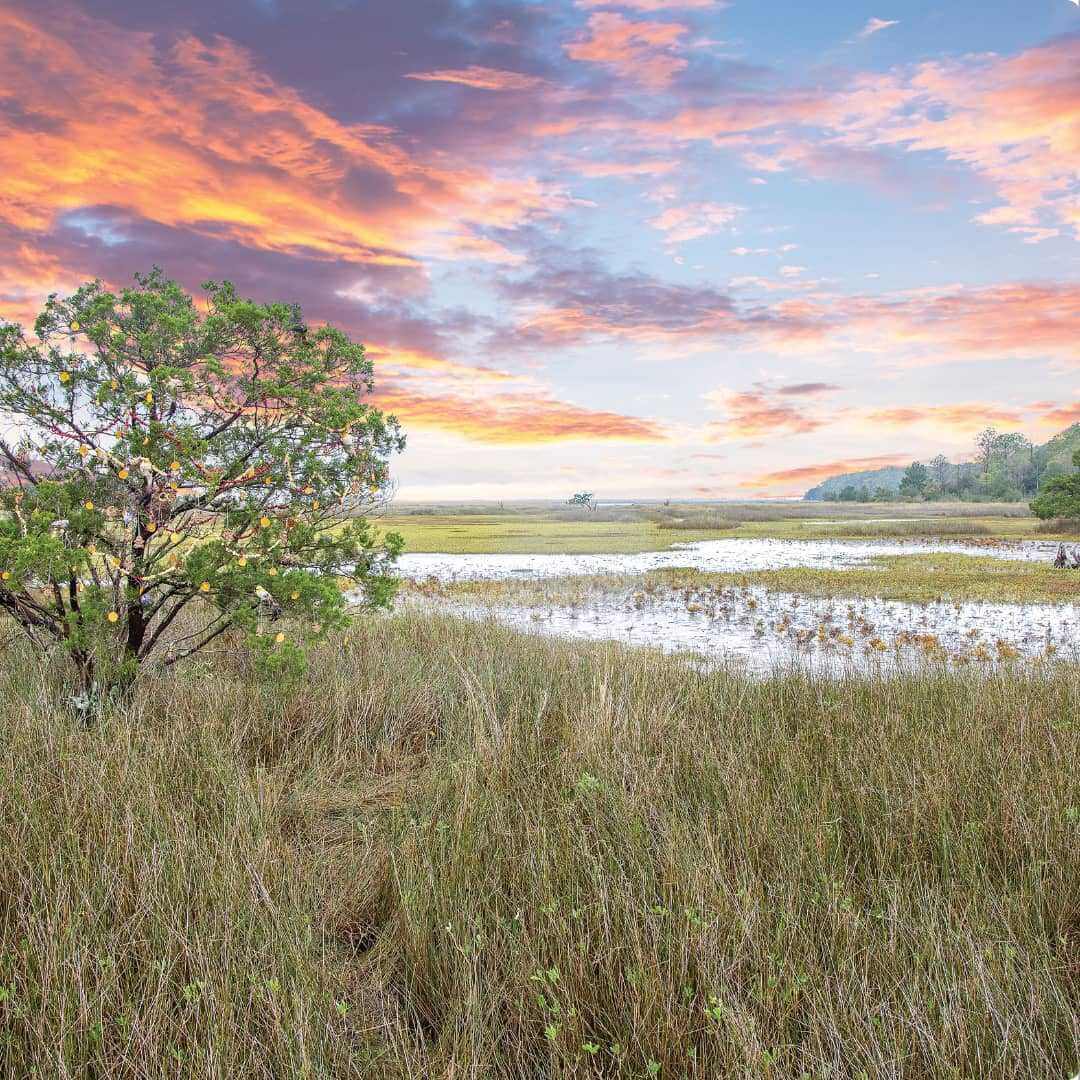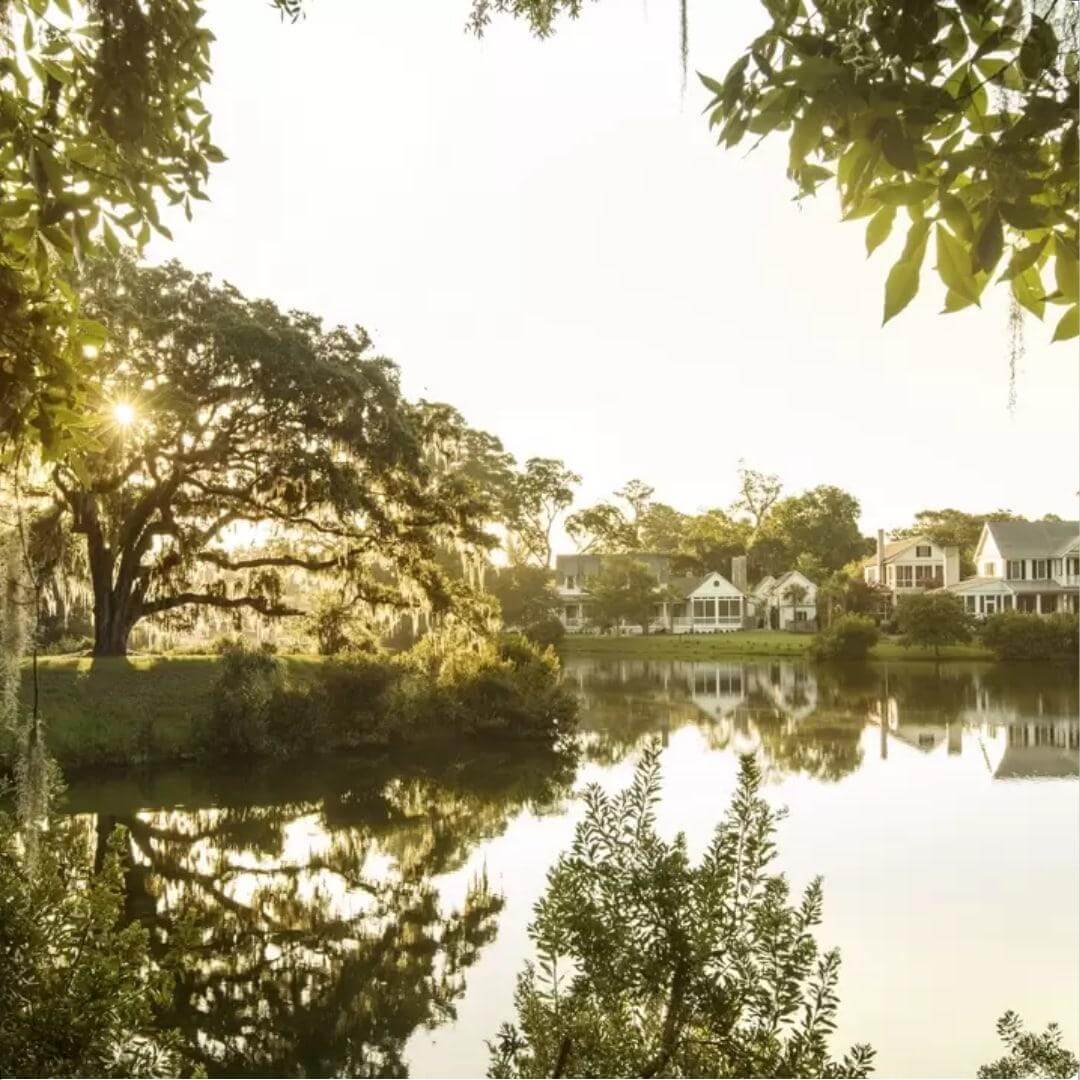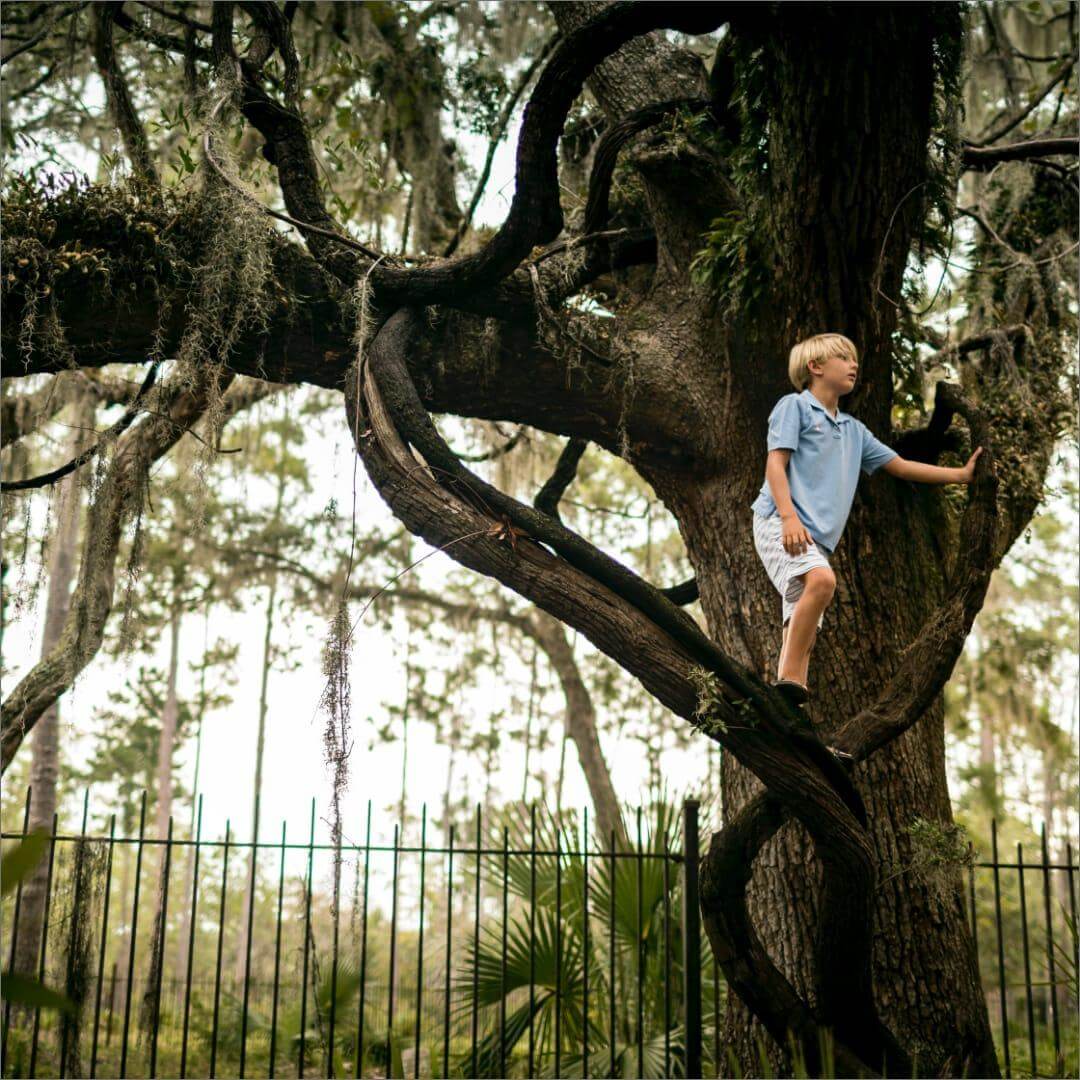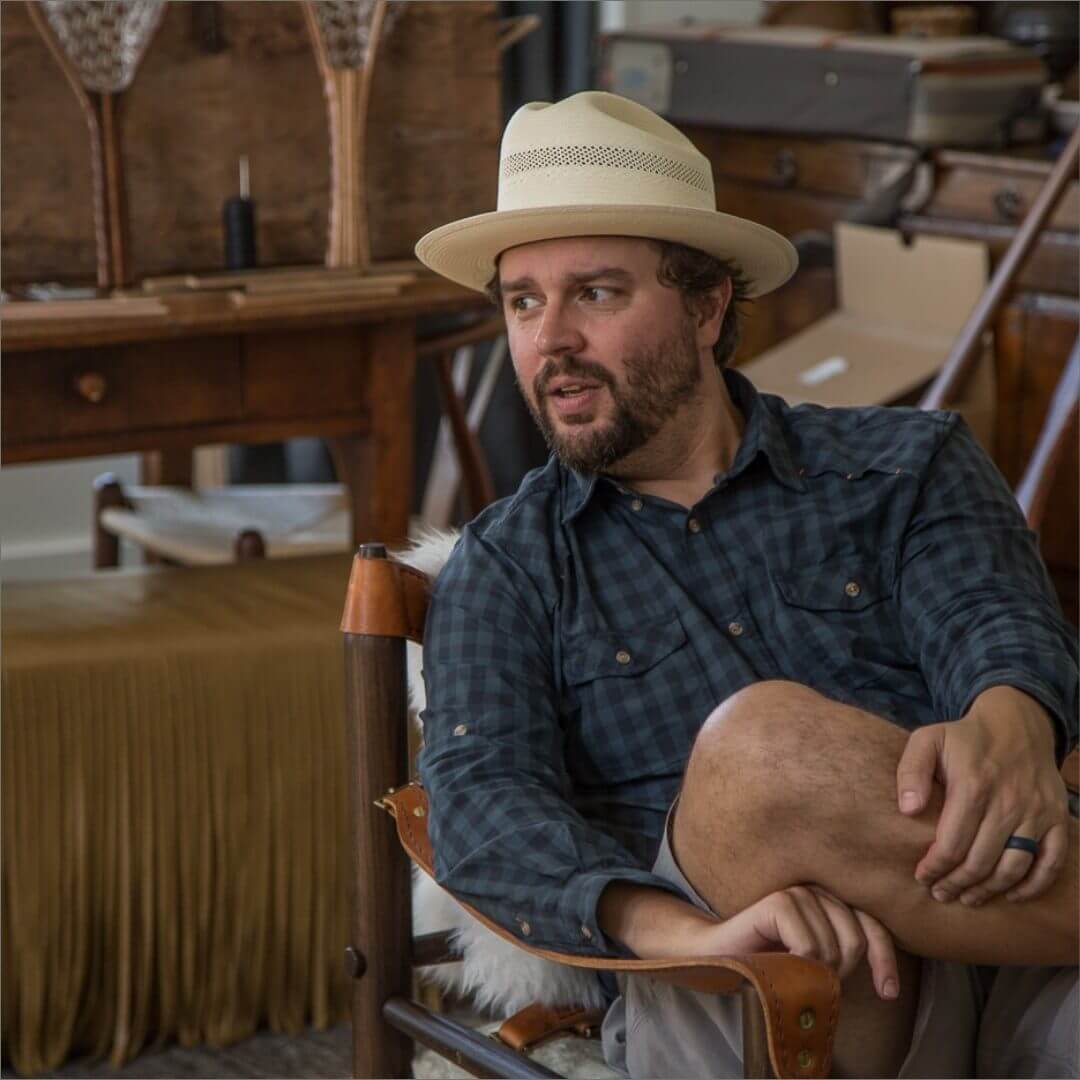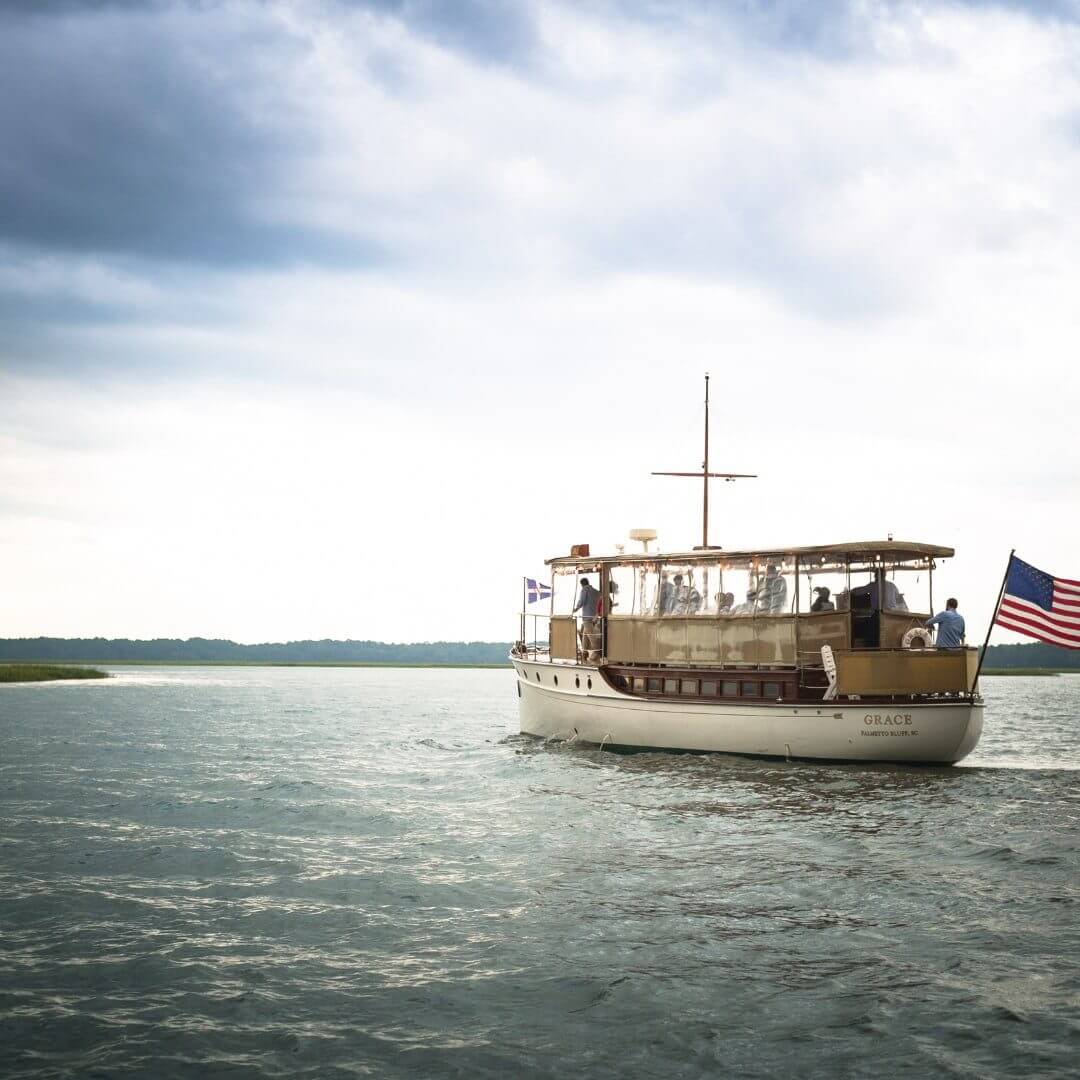Home » Conservancy Home » History & Archaeology
History & Archaeology
“History, despite its wrenching pain, cannot be unlived, but if faced with courage, need not be lived again.”
- Maya Angelou from her poem “On the Pulse of Morning”
Why We Do Archaeology
When a developer, state or federal agency, needs to apply for permits, those permits can trigger certain regulations that mandate an assessment of any archaeological sites on the property. At Palmetto Bluff, wetlands permits triggered federal regulations requiring the identification and assessment of any archaeological sites. Private firms were hired to do the identification, assessment, and excavation. In 2004, Dr. Mary Socci was hired to oversee the work and to share the results with residents, visitors, and the community outside Palmetto Bluff. Today, Palmetto Bluff Archaeologist Katie Epps continues Dr. Socci’s work.
What We do
The Palmetto Bluff Archaeology staff maintain and help restore the cemeteries at the Bluff, provide history and archaeology programs, document cultural resources, analyze artifacts, conserve metal artifacts, prepare artifacts for final curation, research historical documents, and fulfill compliance obligations of archaeological sites at the Bluff.
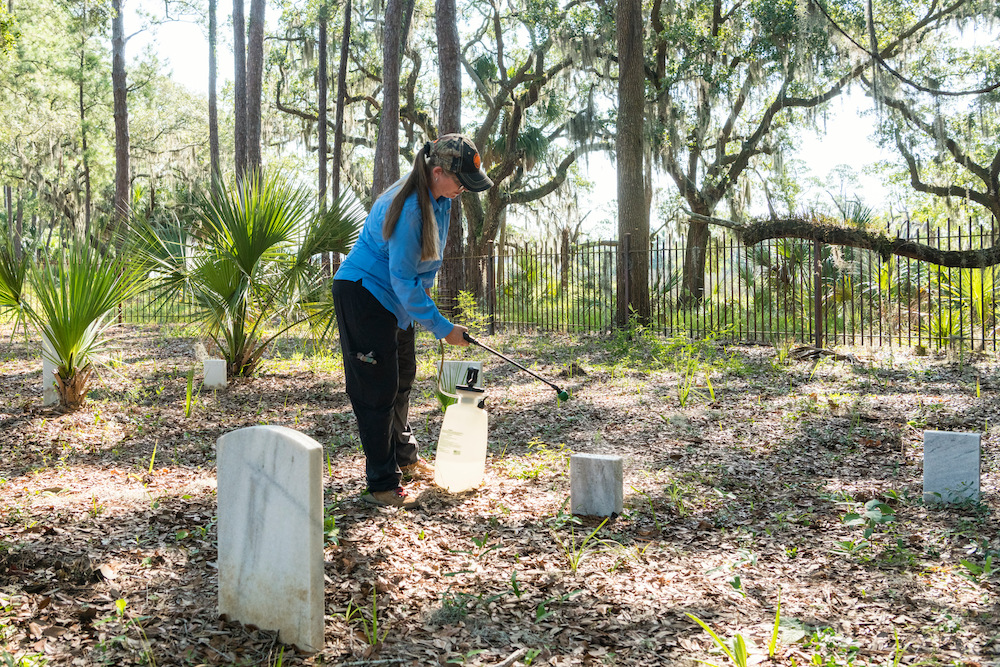
1450–1790
1450–1790
An Early History
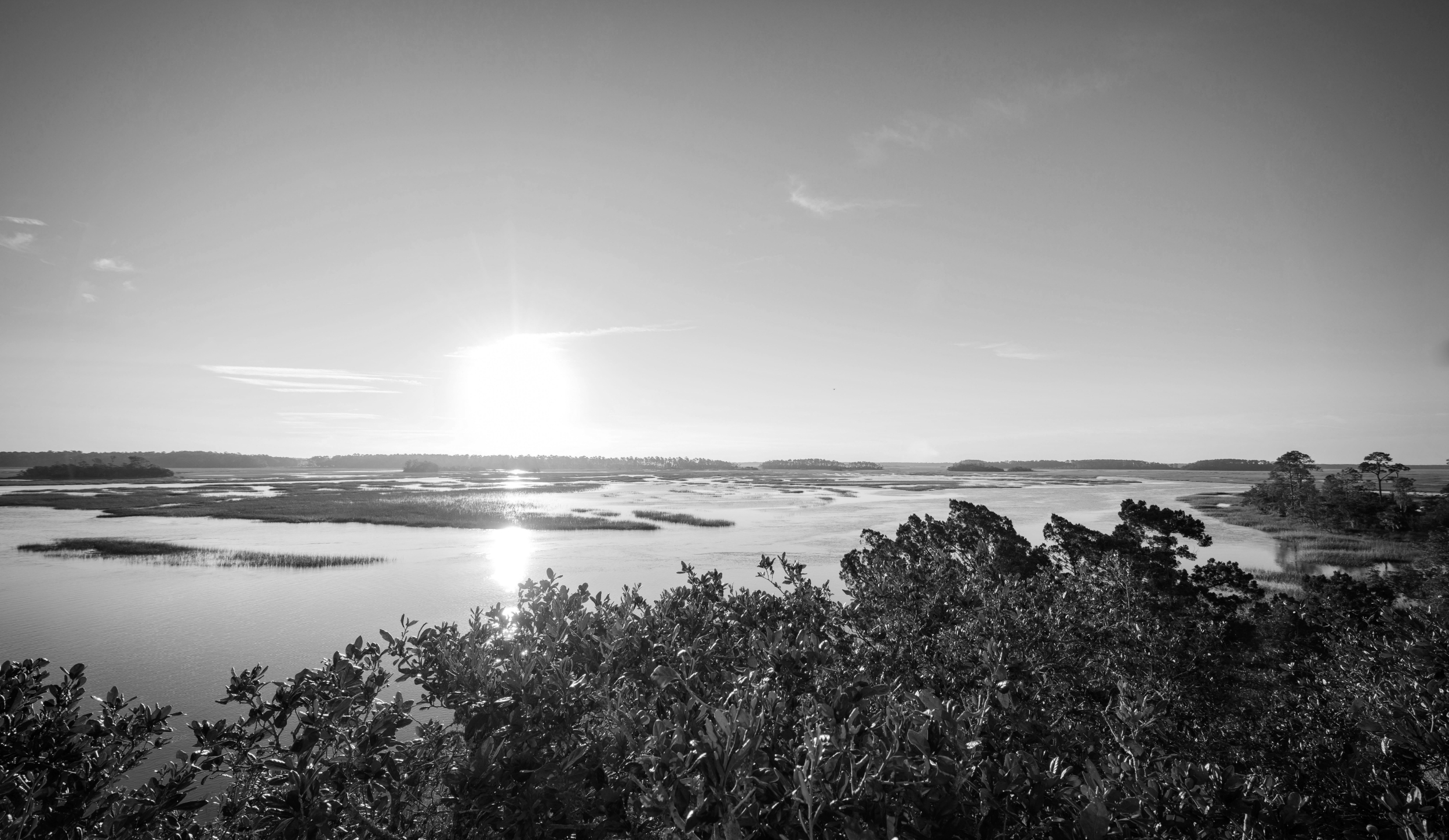
For thousands of years, Indigenous people came to Palmetto Bluff to fish in the coastal waters and to hunt and gather in the forests. Today, archaeologists find shells, bones, and fragments of clay pots and stone tools as evidence of their long-ago visits. The absence of any such artifacts dating later than 1450 CE is evidence that Palmetto Bluff was uninhabited from then until the arrival of the first European colonists.
In 1730, the land was purchased by Robert Wright, a chief justice of the South Carolina colony, and George Anson, a British naval officer. Beginning in 1757, Wright’s heirs and Anson divided and sold the land in tracts averaging 1,000 acres each. The tracts became approximately 15 different plantations.
1790–1881
1790–1881
The Antebellum Era
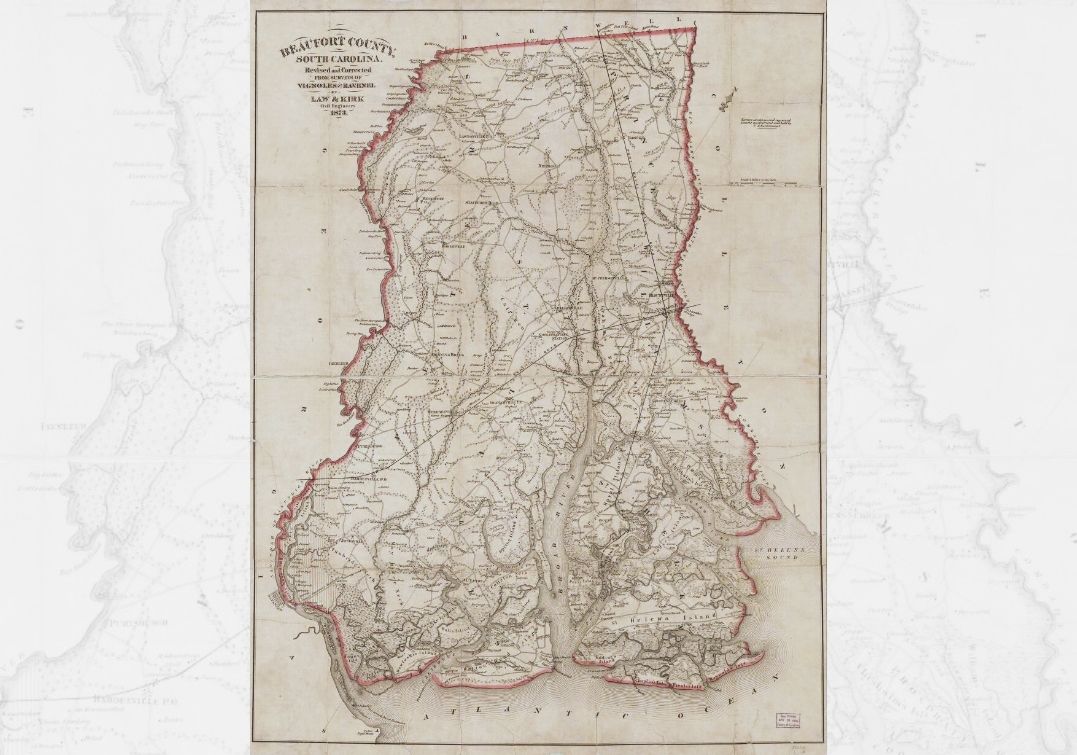
The existence and success of Palmetto Bluff’s plantations depended on the brutal capture, import, and enslavement of people from Africa. They and their descendants toiled in sweltering fields and served in plantation owners’ households. Enslaved people grew indigo, rice, and Sea Island cotton for the markets in Savannah and corn, beans, and sweet potatoes to feed the plantation owners, their families, and themselves. Between 15 and 75 children and adults were held in captivity on each plantation. In addition to forced labor, the enslaved people endured oppressive physical and psychological abuse by plantation owners and overseers.
In November 1861, the Civil War came to Beaufort County. Hilton Head Island fell to Union troops, and the escaping Confederate forces burned buildings and supplies as they fled. The white families at Palmetto Bluff also left, the men taking up arms against the United States and the women and children moving inland to safer locations. Enslaved people who were left at Palmetto Bluff also fled.
They escaped to the federal encampment on Hilton Head, where they would help found Mitchelville, a progressive community of freed people. Many of the formerly enslaved men joined the Union Army to fight for freedom, and several of these veterans are buried at Palmetto Bluff.
Life after the Civil War was difficult. The economy of the South was devastated. Plantation owners struggled to make a profit in the new economy, and some lost their land for nonpayment of taxes. Black families who returned to the Bluff rented or bought small tracts of land to farm, sometimes from their former enslavers.
In the 1880s, John Estill, a Savannah businessman, saw an opportunity in the depressed economy of Beaufort County. He began purchasing land at the Bluff and eventually held 10,000 acres. He built a mansion in what is now Wilson Village, and this became his country estate.
1902–1926
1902–1926
The Wilson Era
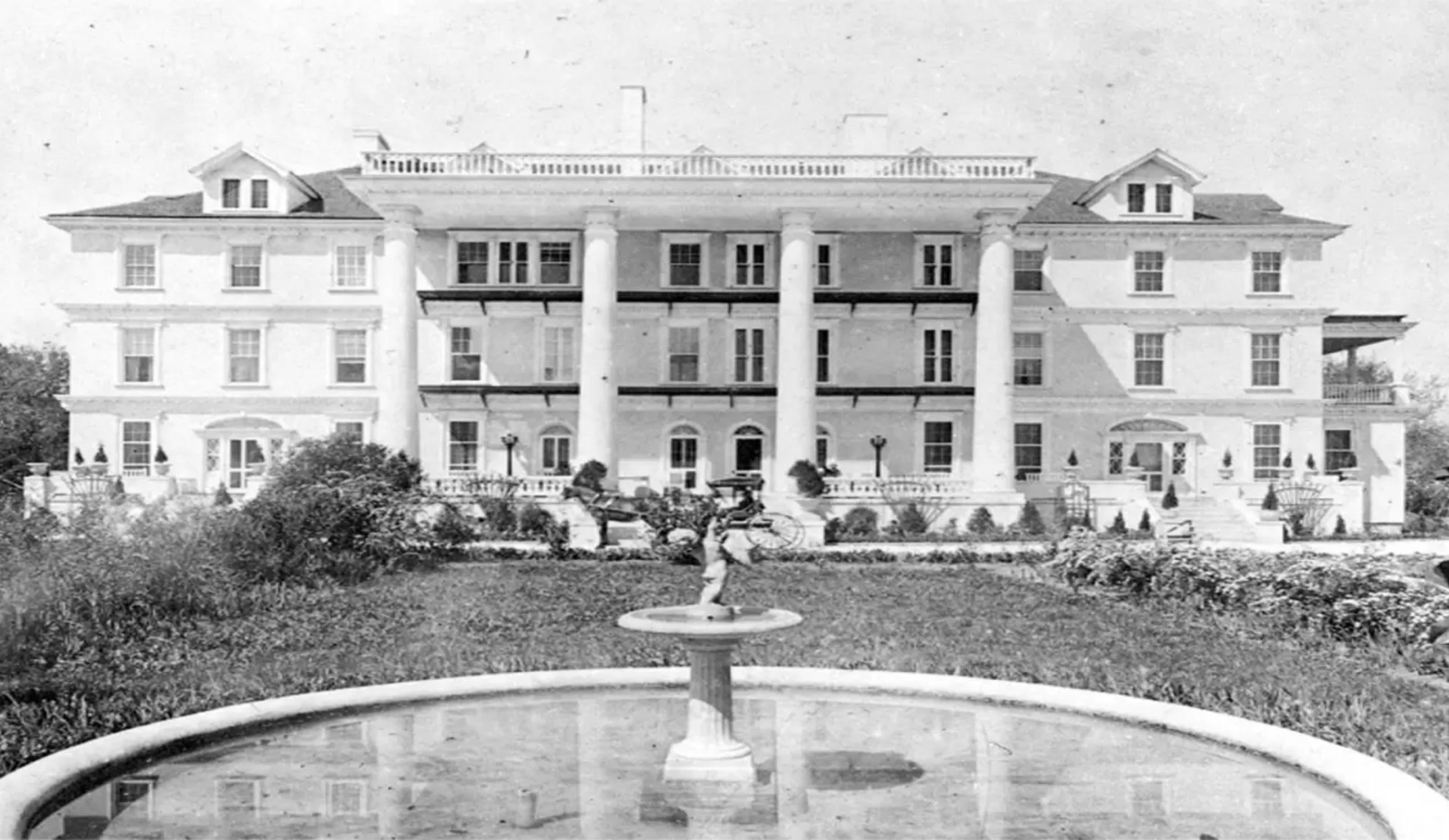
In 1902, Richard T. Wilson Jr., a wealthy New York banker, purchased Estill’s 10,000 acres, and over the next 20 years, he doubled the size of his property and named it “Palmetto Bluff.” The Bluff was the Wilsons’ winter home and a place to relax, hunt, and ride. Because Mrs. Wilson loved to entertain, they began construction of a grand mansion in 1910. The four-story home that overlooked the May River included a ballroom, a library, servants’ quarters, and numerous guest bedrooms. Visitors would arrive by steamship or railroad and stay for weeks at a time, enjoying Mrs. Wilson’s lavish parties and all the amenities the land had to offer.
In March 1926, the mansion caught fire, and the magnificent home was reduced to ashes. A distraught Wilson was unable to face rebuilding, and months later, the property was sold to J.E. Varn for a timber, turpentine, and cattle business. Wilson, who returned to New York City, died three years later.
1937–2000
1937–2000
The Union Camp Era
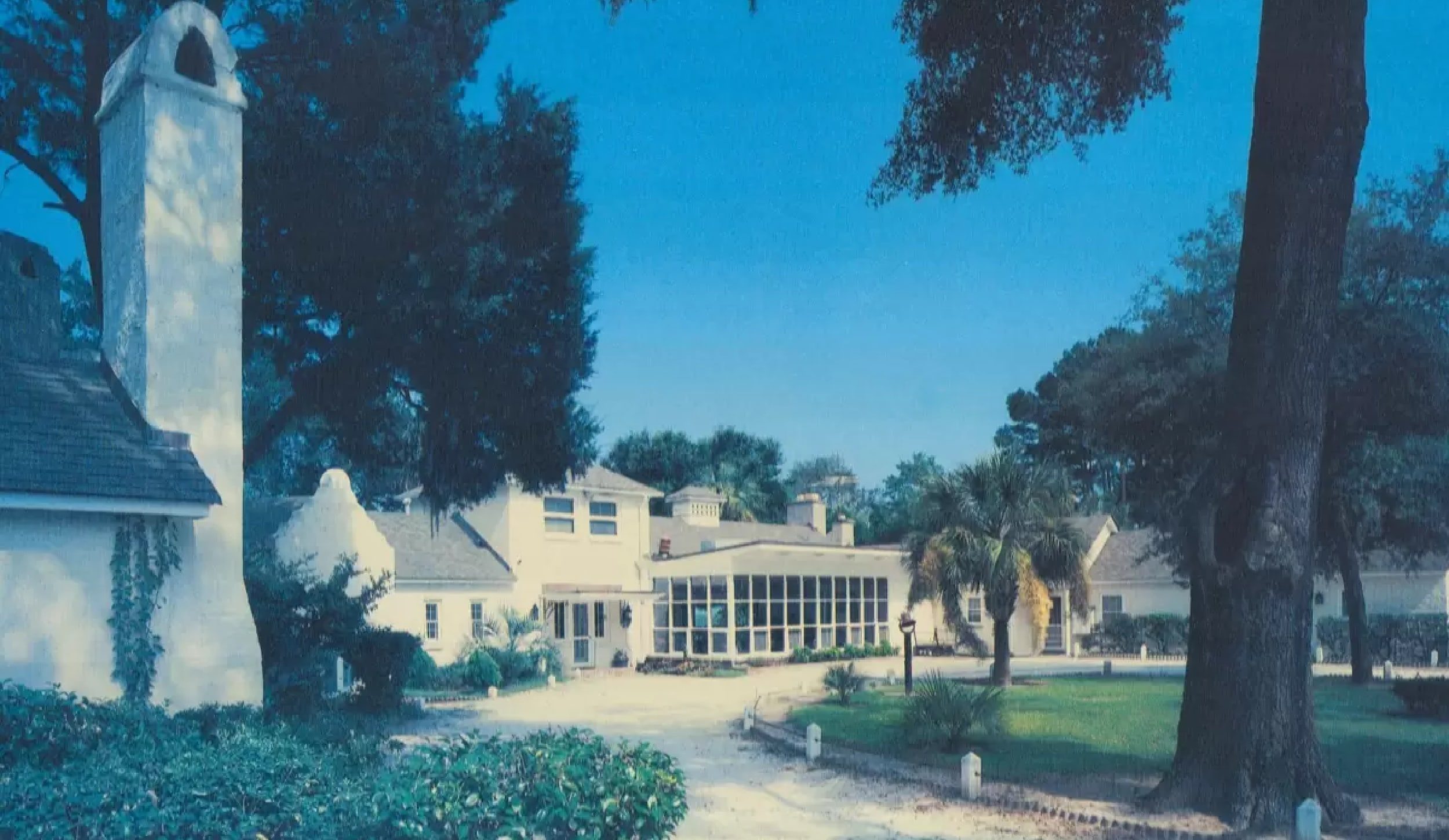
In 1937, Union Bag and Paper Company purchased the land from Varn. Originally acquired for its 20,000 acres of pine and hardwood resources, company officials quickly realized that the 32 miles of riverfront and spectacular maritime forest offered much more than that. The company then created a conservation-based land-use plan to protect this pristine place, and to this day, Palmetto Bluff’s beauty can be traced back to the stewardship of Union Bag.
In the early 1970s, Union Bag and Paper Company acquired the Camp Paper Company of Virginia and then became known as Union Camp. Union Camp used the property as a hunting retreat for clients, and today, more than half a century after its original inception, the memory of the Union Camp Lodge and the “Union Camp Years” occupies a prominent place in the history of this fabled property.
2000–Present
2000–Present
Present Day
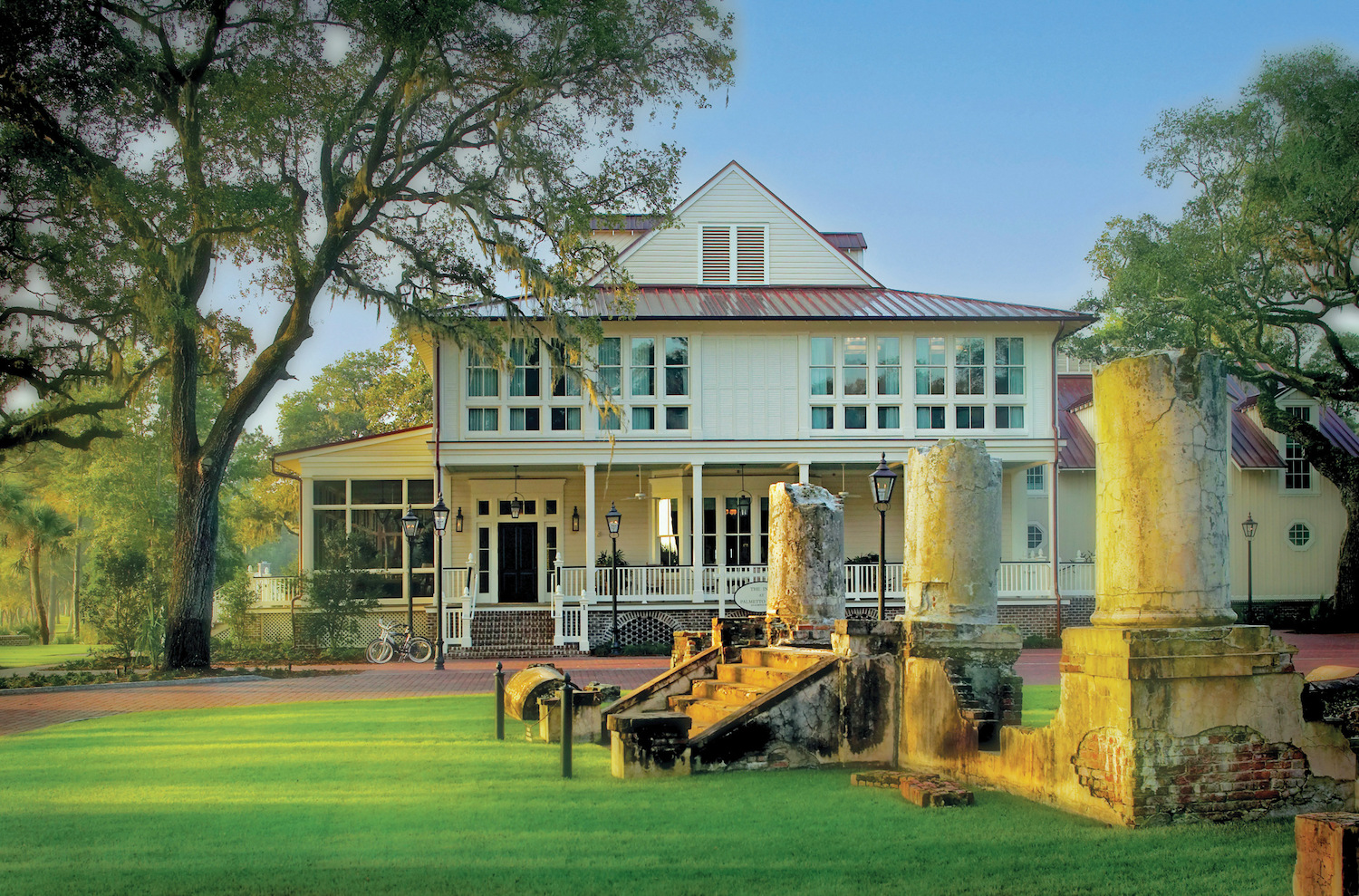
In 2000, Palmetto Bluff was purchased by a real estate developer who began the thoughtful planning for the 20,000-acre residential community that is evolving today. On September 27, 2001, Palmetto Bluff’s vision statement was penned, ensuring that the land would always guide our evolution. From the beginning, Palmetto Bluff’s founders embraced the property’s environmental integrity and worked to create the Palmetto Bluff Conservancy to ensure that the stewardship practices of previous owner Union Camp Company were continued.
Because of these endeavors and many more, visitors to modern-day Palmetto Bluff can still enjoy the same spectacular views of the May River that visitors to this land have relished for centuries.
In June of 2021, Palmetto Bluff was acquired by Henderson Park and South Street Partners, a leading private equity firm specializing in the development and management of luxury resort and residential communities. SSP’s shared vision for thoughtful, strategic development - in partnership with the Palmetto Bluff Conservancy - marked a new and exciting chapter in Palmetto Bluff’s history, promising to continue to provide and elevate experiences for residents, guests, and visitors.
Today, the Palmetto Bluff team continues the work started two decades ago, evolving this special place into a series of three villages where people create their own legacy of living well — by connecting to themselves, their families and other people through self-discovery, sincere interactions with each other, close contact with nature, authentic roots in history and an openness to new ideas.
A Guide to the History of Palmetto Bluff
For millennia, people have come to Palmetto Bluff, a broad peninsula bounded by the May River and the New River in the Lowcountry of South Carolina. Indigenous people fished in the tidal waters, hunted in the forests, and gathered oysters on the edges of the marshes. Plantation owners profited from the labor of enslaved people, who reshaped the land into fields and settlements. Freed people created new communities and farmed land where formerly they had been held captive. A New York banker with Folded Age wealth built a palatial mansion as a winter retreat. Later, a paper company’s executives hosted business leaders, politicians, friends, and family members in a rustic lodge. Finally, 21st-century developers fashioned the forested property into an exclusive residential and resort community. This account, based on nearly twenty years of archaeological and historical research, details the people and places of Palmetto Bluff’s past and their links to the present community.
A Guide to the History of Palmetto Bluff by former Palmetto Bluff archaeologist Dr. Mary Socci is available for purchase at RT’s Market, FLOW Gallery + Workshop, M Boutique, and Palmetto Bluff Outfitters.
A Guide to the History of Palmetto Bluff by former Palmetto Bluff archaeologist Dr. Mary Socci is available for purchase at RT’s Market, FLOW Gallery + Workshop, M Boutique, and Palmetto Bluff Outfitters.
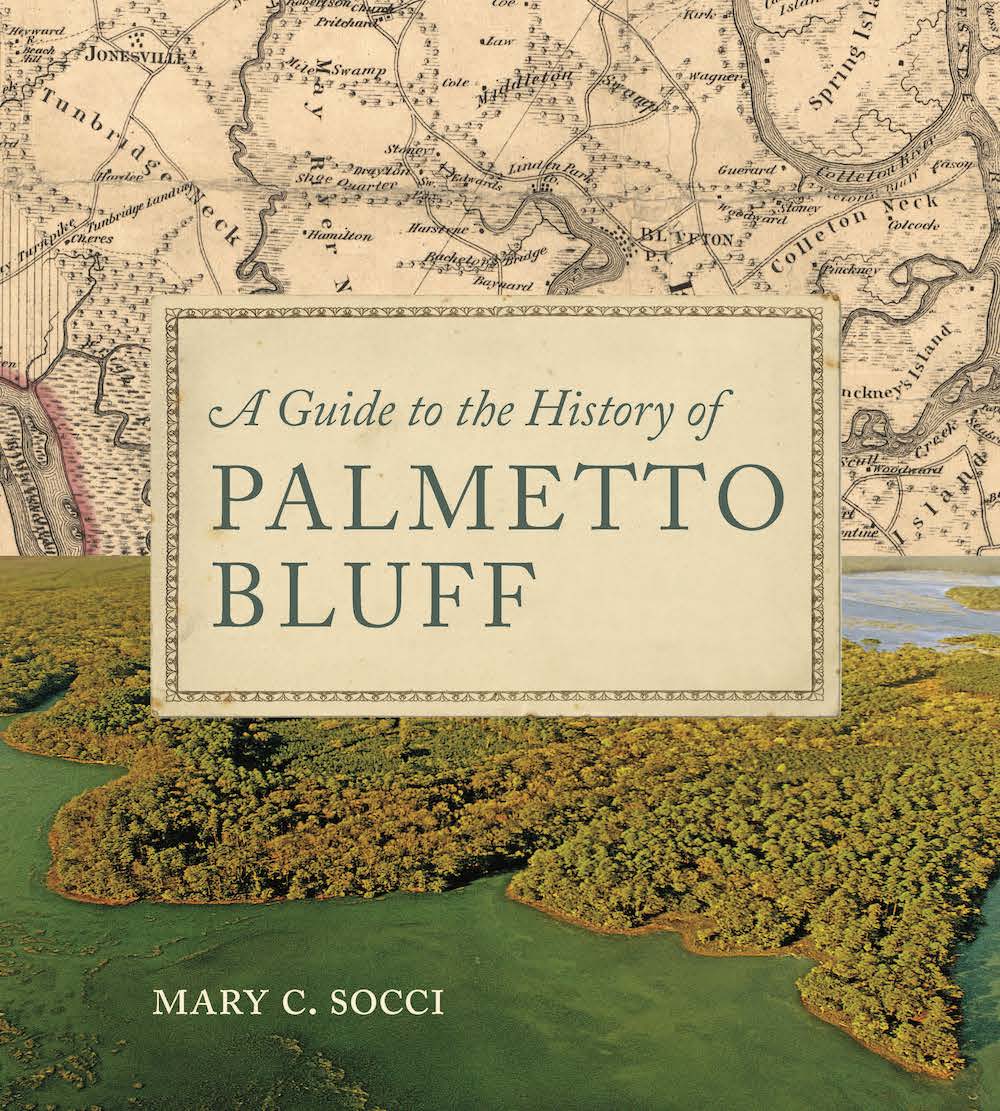
We Appreciate Your Support.
The Palmetto Bluff Conservancy, a 501(c)(3) non-profit, focuses on outreach, education, research, land and wildlife management, and conservation of Palmetto Bluff’s natural and cultural resources. Our team includes land and wildlife managers, a biologist, a full-time educator, and seasonal interns.
Your donation helps us expand our environmental research, conserve resources, and keep our programs free and accessible. Contributions are tax-deductible as permitted by law.
Join Our Newsletter
Stay up to date with the Conservancy’s news and events.


